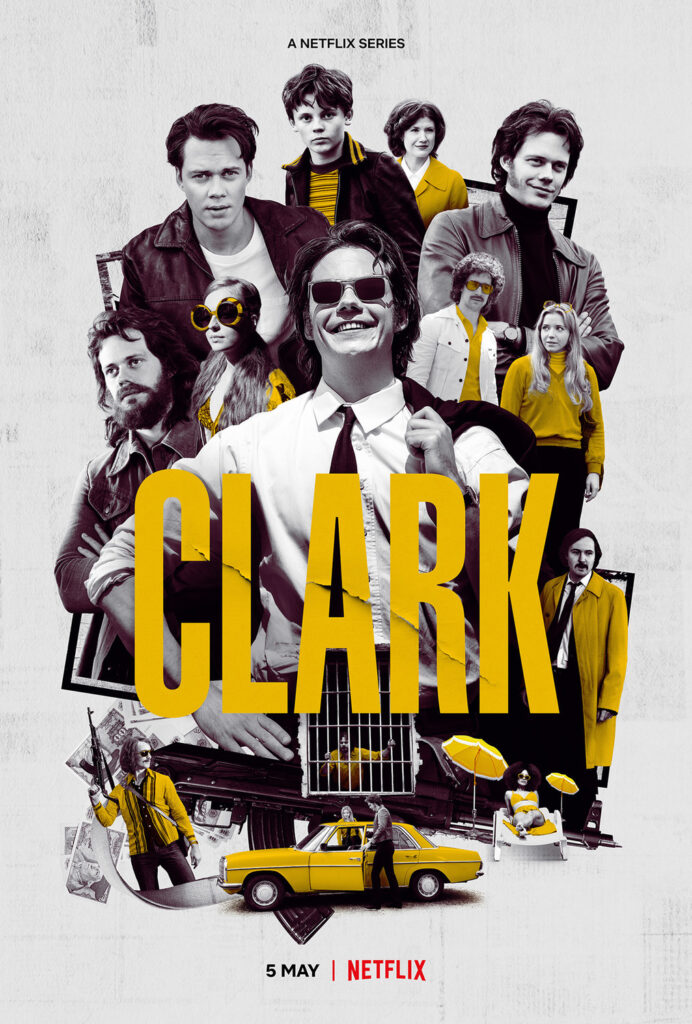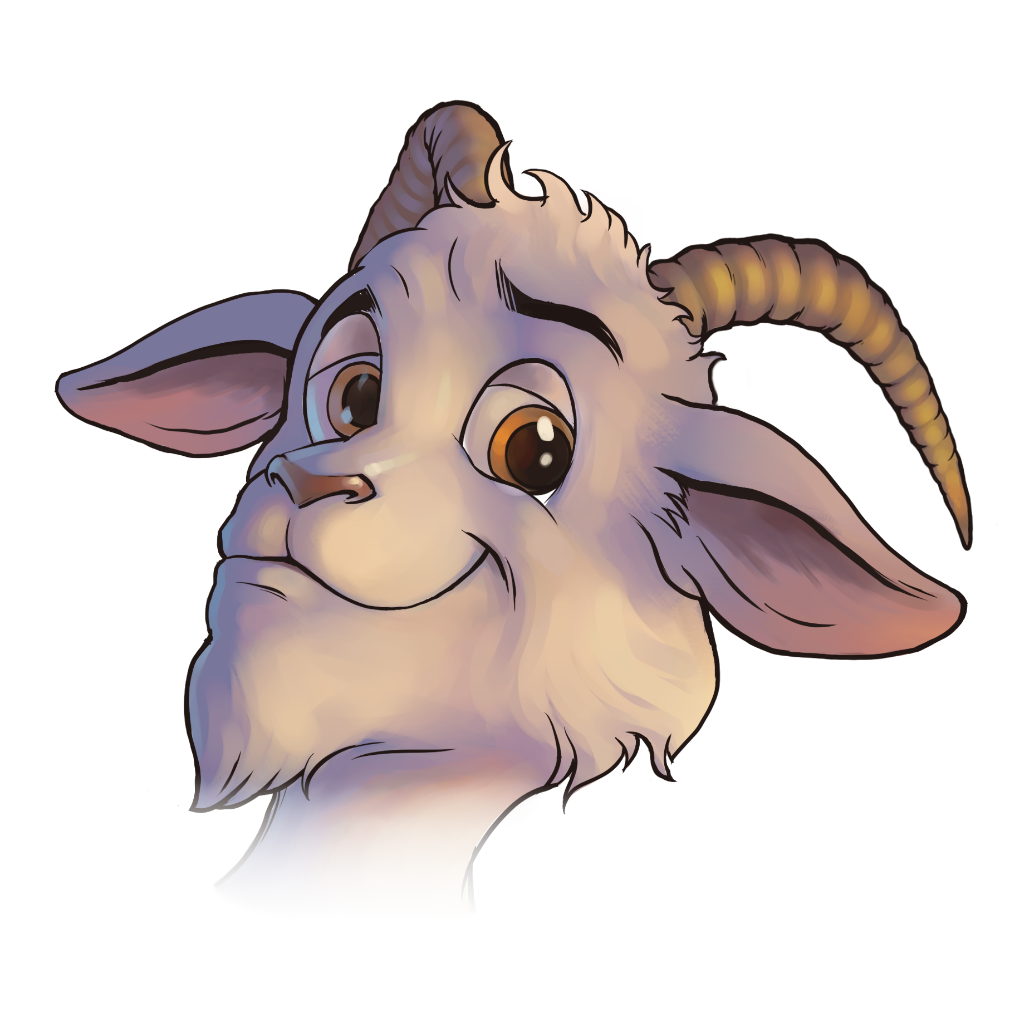
Synopsis
The TV show “Clark”, based on the life of a Swedish criminal Clark Olofsson, is the first Swedish TV show produced by Netflix. It was filmed in Lithuania, Sweden and Croatia. Interestingly, Pula “plays” Beirut! In six episodes, it follows Olofsson’s turbulent life, kidnappings and manipulations. Olofsson was directly connected to the 1973 Stockholm heist, which gave rise to the term Stockholm syndrome, based on the emotional connection between victims and their captors.
details
Original title: Clark
Year: 2022
Country of production: Sweden
Production: Bright Moving Pictures Sweden, AB Scandinavian Content Group
Genre: action comedy, drama, thriller
Directed by: Jonas Åkerlund
Starring: Bill Skarsgård, Vilhem Blomgren, Sandra Ilar
Filming locations in Istria: Pula
Other locations: Rijeka, Zagreb
REVIEW
CLARK, directed by Jonas Åkerlund, 2022
THE SPECTACLE OF CRIME AN INFLUENCER AHEAD OF HIS TIME
Jonas Åkerlund is famous for numerous music videos - for Madonna, U2, The Smashing Pumpkins, Beyoncé, Rammstein, and many more. In the TV show “Clark”, he brings us a fairy-tale-like and frenetic biography of the notorious Swedish criminal Clark Olofsson, who was a media attraction during the 1960s and 1970s. Each of the six episodes, named after Clark’s statements, discovers what it is right from the start: a fictionalized, stylized and deliberately distorted, fairy-tale version of reality, filmed according to truths and lies. But this TV show is not only an entertaining fictionalization of true events, but also a comment, both direct and indirect, about how the societies construe and maintain myths about “bad boys”. Olofsson was a pioneer in that regard: a celebrity gangster, media phenomenon, the first real showman of crime. Today, he would probably be referred to as a lifestyle brand.
The narrative of “Clark” is largely presented from his head, how he saw himself, and most of all how he wanted others to see him. A narcissistic sociopath with a distorted reality who had always believed that he is above the law, and whom the Swedish justice system has repeatedly allowed to show it. He would leave the prison as if he went on a vacation, only to soon commit another stupidity. The show tries to depict Olofsson as a fascinating anti-hero, but doesn’t show facing with the consequences of his actions, or his mercenary relationships with the people who loved him. Although “Clark” plays with irony and deliberately goes over the top, the myth about gangster Clark like a modern Robin Hood is clear - an outsider hero who is in fact empty inside.
The flashbacks from his childhood tell the story about domestic violence and a dysfunctional family as the cause of Clark’s disorders, which is an excellently psychologically presented and processed thesis through his character and behaviour, and is narratively excellently graduated. As the years pass by, we get to know his brutal childhood in more detail, together with his gangster callousness, which, of course, cannot be justified by almost a comic-book-like portrait which sympathizes with his destructiveness to a certain extent. His inability to deal with his own past, his constant avoidance of questions related to it, and the inter-textual impression that he believes he truly deserves to be the son of a drunkard and a mentally unstable mother are excellently executed, and thus seem to justify his behaviour to himself.
The most famous event, hostage crisis in Stockholm in 1972, was depicted in a carnivalesque tone, like a humorous play. The fact that this event inspired and later resulted in the term Stockholm Syndrome and that Clark is bothered that it wasn’t named after him perfectly sums up his personality: a budding ego bigger than the crimes he committed. Clark Olofsson wasn’t smart because of his crimes; he was smart because he knew what the people want: the show. He did all of that with a perfect timing, taking advantage of the media that turned crime into entertainment, as well as the liberal ideology which gives everything a second, third, and so on chance. At the peak of his self-love, proclaiming himself as the irony about the system, he managed to obtain a degree in journalism.
Åkerlund lavishly builds the story of a man who was both a brutal bully and a charismatic manipulator. Bill Skarsgård’s performance of a character that was depicted as a rock star in the world of crime - a seducer, a rebel and a charismatic man very compelling. This image, probably Clark’s favourite, runs through the entire show without any real critical distance. Unfortunately, this is not just a problem of Swedish society in the 1970s, but also of today’s systems which continue to reward charisma over ethics, failing to recognize and respond to harm until it is too late.
The visuals are fantastic, Skarsgård’s performance is excellent, just like the music and editing. The language lies between style and form - vibrant colours, excellent costume design, black and white shots, animation, and slapstick comedy, which makes the rhythm interesting. All of this is done in an excellent way, interpreting the narcissistic, emotionally distorted protagonist, even romanticizing his escape from reality, and not telling a crime story, but shaping the episodes as if he were creating a vlog. The viewer can easily be caught admiring Clark, and from that perspective, Åkerlund achieved this anti-heroic dynamic brilliantly and maintained the tone until the end. Female characters are attracted to Clark’s “boyish charm” and fiery temper, which further underscores the absurdity of the accomplished character’s perspective: his toxicity turns into charm, and manipulation into charisma.
Clark’s development as a film character is brilliantly executed. This very colourful, dynamic and quirky series is actually an excellent depiction of the complexity through which the character of Clark was created, while underneath it all there is a media story about a man who was a product of his traumatic childhood and a society which constantly tells him: feel free to move on, go on and entertain us when we’re bored, we're on your side and we want more.





